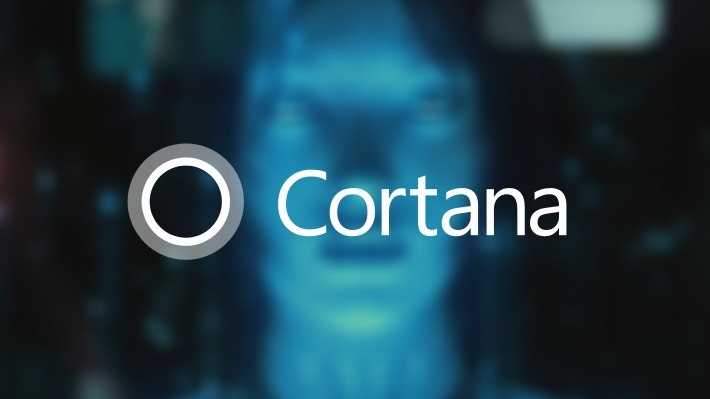Microsoft is possibly one of the biggest comeback stories in the world of technology. After seeing their Windows revenues decline over several quarters, Microsoft is finally back to profitability and growth once again. The Windows problem hasn’t gone away yet, but the company now has enough new and growing parts in its business to offset the losses from their core segment.
After pushing past everyone except Amazon in the cloud computing space, Microsoft has big plans to once again take on Apple and Google in the smartphone space with the Windows 10 based Surface Phone coming out later this year.
But in the meantime, the Redmond company has been preparing to mount an attack in two other directions – against Amazon in the eBook space, and against Google in the mobile virtual assistant space.
Microsoft Launches eBook Store on Windows 10 for Microsoft Edge
In the most recent preview build of Windows 10, Microsoft threw a curve ball and launched a Microsoft eBook section on its store. Notedly, the store will carry publications in the ePUB format, the one that Amazon has shunned in favor of its own Kindle format. That’s why they brought ePUB support to Microsoft Edge, so you can take these books to any device that runs the default Windows 10 browser.
This is the second time Microsoft is taking a stab at eBooks. The first time was the failed Nook attempt with Barnes & Noble.
Here’s an excerpt from a recent Engadget article that explains how the new eBook Store works:
“Once you load up a book in the browser (either purchased at the Windows store or elsewhere), it’s placed in a new hub entry in Edge along with favorites, history, downloads and reading list. You can navigate via the table of contents or seek bar, search for words or phrases, and even ask Cortana to define words, view interactive video or do other chores. The browser also lets you adjust text spacing for readability, change typefaces and font sizes, use various themes and more.”
But Amazon is not the only company whose user base Microsoft is targeting. The next one tackles Google’s Android users, and uses Cortana as the method of attack.
Microsoft Launching Cortana on Locked Screen for Android
At the end of 2015, when Microsoft brought Cortana to Android and iOS, it somewhat disrupted the status quo because it gave iPhone and Android users an alternative to either Siri or Google Now.
This time, Microsoft is going all out and developing a version of Cortana that users can access directly from the lock screen.
That has tremendous implications because of two things:
First, Google Assistant is only available on Google Pixel smartphones, which represents a very small subset of the Android ecosystem.
Second, on other Android devices, Google Now can only be accessed after unlocking the phone and opening up the Google Now app or triggering it with the “Ok, Google” wake words. With the new Cortana app, Android users will be able to simple swipe left or right on the floating logo on the lock screen to launch Cortana.
Put together, these two things have the ability to take Cortana to the next level on Android, especially on Samsung and other smartphones and tablets where Google doesn’t have any control.
As it stands, Microsoft has its fingers in several pies at the moment: cloud infrastructure (IaaS), software-as-a-service (SaaS), virtual reality (HoloLens and Windows 10 VR headsets), connected cars (Connected Vehicle Platform – CVP), mobile and desktop devices (Surface), voice assistants (Cortana), cloud gaming (Beam update) and much more.
Some of these are related to their core Windows 10 initiatives, while others are newer, standalone businesses. But all of them are focused on one thing – additional revenue support for declining Windows licensing income.
What’s important to remember here, as we mentioned right at the beginning of this article, is that these support services are now bringing in enough money to offset the decline in core Windows revenues. And they will only grow bigger. Moreover, since the bulk of them are forward-looking businesses focused on future markets, that growth will stick around for a long time.
While it may not be Microsoft’s intention to deliberately take Amazon or Apple or Google head-on and compete in their own respective “turfs”, there is always the risk that some of these initiatives will fall by the wayside because the competition is simply too powerful.
One final point must be taken into consideration. Microsoft is not yet a clear leader in any of these new domains, with the possible exception of SaaS based on strong Office 365 growth over the past two years or so. This is why Microsoft needs so many support areas. The more they have, the more secure their future revenues and future growth.
Thanks for reading our work! Please bookmark 1redDrop.com to keep tabs on the hottest, most happening tech and business news from around the world. On Apple News, please favorite the 1redDrop channel to get us in your news feed.



